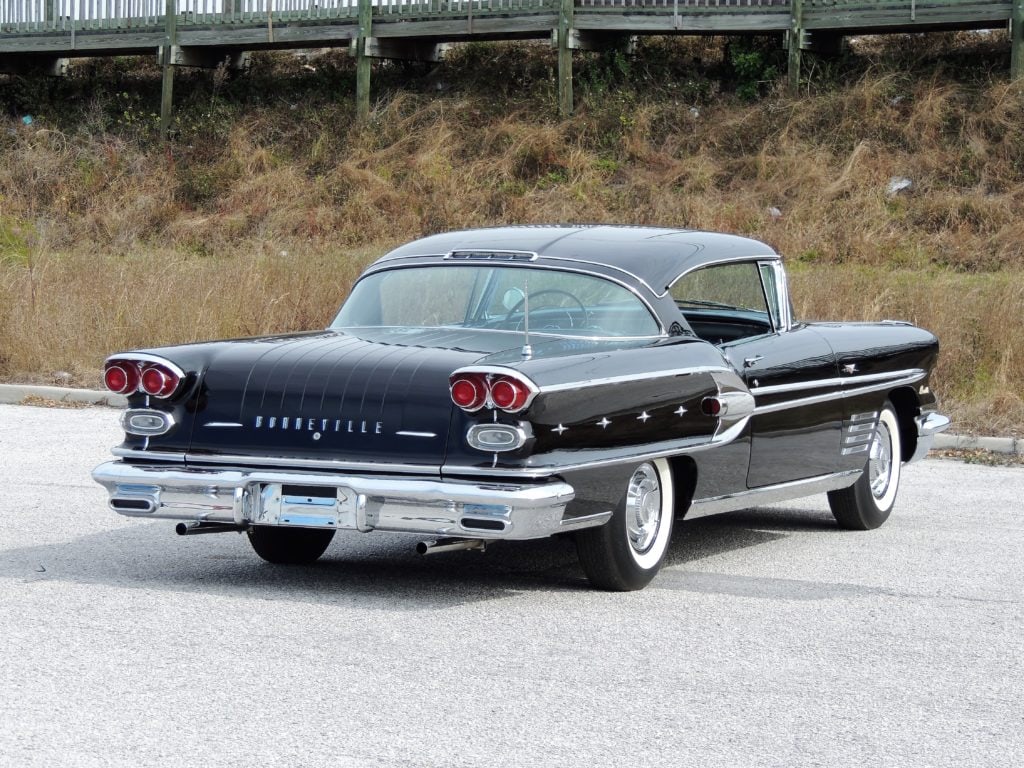Many car fans agree that one of the greatest modern tragedies in car history was the demise of Pontiac. The legendary company was established in 1926 and closed down in 2010 after its memorable 85-year-old stint in the automotive world. During that period, Pontiac went from being an ordinary economy brand to one of the hottest brands of the muscle car era. Under the supervision of the legendary John Z. DeLorean, Pontiac created the muscle car era as we know it by introducing the 1964 Tempest GTO.
However, that’s not all. In the late ’50s, Pontiacs started drawing attention with cool styling and powerful engines. For decades, “We Build Excitement” was an appropriate marketing slogan for this brand but then. Eventually, that excitement started to fade. But there was once a time when Pontiac ruled the muscle car scene with several powerful models. Let’s remember the muscle cars that made the brand great as it defined the muscle car era here.
Pontiac Bonneville

New for 1958, Bonneville was available only as a two-door hard top or convertible emphasizing its performance appeal. Under the hood was a 370 CID V8 engine with 255 HP in its base form. For those who wanted more power, there was the Tri-Power option with 300 HP and the top-of-the-line fuel-injected version with 310 HP. With this engine, the 1958 Bonneville was one of the most powerful GM cars of the day (via Hemmings).

The Bonneville had moderate success on the market, and Pontiac managed to sell over 12,000 copies. Today, this car is highly sought-after by knowledgeable enthusiasts but has yet to be known by the general automotive public. The performance reputation of the early Bonneville was only the announcement of what was going to happen with the GTO and muscle models.
